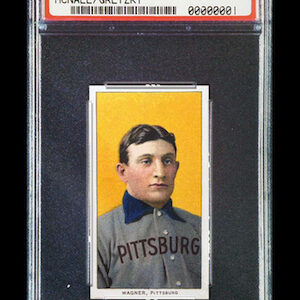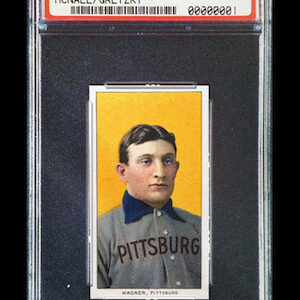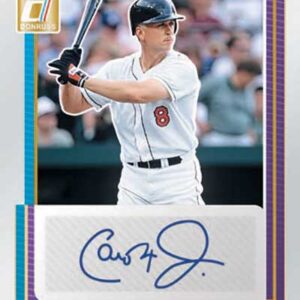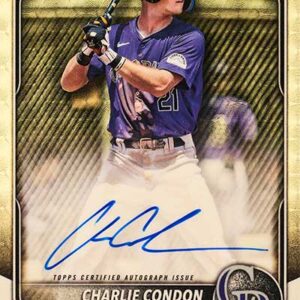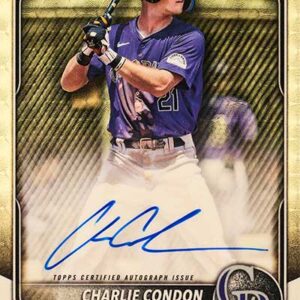Baseball has always been a game of increments, but with the advent of the “torpedo” bat, the sport seems to have leapfrogged several evolutionary stages. These bats are not only altering how the game is played but are also currently shaking up the baseball card collecting world in unimaginable ways.
As teams gear up to swing these innovative bats, the phrase “chicks dig the long ball” seems to echo louder than ever in the hearts of fans and collectors alike. Whether you’re a die-hard fan or the casual stadium-goer basking in the summer sun, witnessing baseballs propelled out of ballparks like NASA rockets is an undeniable thrill. And now, the thrill is extending to the baseball card enthusiast community.
This potent innovation was glaringly evident when the Milwaukee Brewers faced the Yankees, and the latter clocked an eye-popping, screen-scorching fifteen homers in just their opening series, with an astounding nine in a single game. It was as if the Brewers had unintentionally scripted an episode of “The Twilight Zone,” with each pitch transmogrifying into a launching point for Yankees’ sluggers. Just how exactly have these bats changed the game, you ask?
The torpedo bats derive their playful moniker from their distinct contour, each bat crafted meticulously to satisfy the specific whims of individual players. This artisan approach to bat customization allows for unprecedented synergy between bat, ball, and brinksmanship. The outcome? Baseballs take flight with such ease, trailed by the crowd’s audible gasps and pitchers’ silent cries for mercy.
In baseball card collecting circles, this is akin to discovering a Willy Wonka golden ticket. It’s clear: hitters are the commodity to chase, and collectors are taking note. Yankees’ powerhouse Aaron Judge has seen the value of his cards climb steeply alongside his team’s success. It doesn’t matter that Judge himself hasn’t hefted a torpedo bat to replicate his colleagues’ celestial swats; victory has many fathers, but home run feasts are genetic lottery tickets.
The blessing of the torpedo bat for hitters feels like a burgeoning curse for pitchers. Names like Paul Skenes, last year’s celebrated NL Rookie of the Year, might find their card values collecting dust amongst attic-bound pet rocks if this trend continues unchecked. Emerging pitching hopefuls such as the Detroit Tigers’ Jackson Jobe and the Dodgers’ Roki Sasaki could also see their collectible worth tumble headlong unless Major League Baseball steps in with some regulatory restraint.
A more interesting chapter in this story belongs to Shohei Ohtani, the league’s reigning superhero able to conquer both the mound and the plate with fluid skill. Should the torpedo phenomenon continue, Ohtani may opt to lean into his slugging prowess, much to the bewilderment of defenders and the exhilaration of card collectors eyeing another payday. Imagine the revelry in Dodgers Stadium as Ohtani trades in his precision pitches for the thrill of walk-off homers, leaving his fans to swim in a deluge of appreciation and collecting ease.
The impact on the baseball landscape can’t be understated, and the shockwaves are profound beyond mere game lines and highlight reels. Pitchers must now conjure strategies or face the specter of becoming glorified batting practice throwers. Meanwhile, collectors are strategizing akin to Wall Street brokers, diversifying portfolios away from pitchers to align with the new hitter-friendly world order.
Card collectors, it’s clear the chessboard has shifted; waiting patiently for pitching prowess to pay off might just be an antiquated approach. Now, the sound of a bat meeting ball isn’t just a victory for the team—it’s music to the ears of collectors ready to cash in.
But such is the magic of baseball—a sport steeped in nostalgia yet ceaselessly moving forward, sometimes in unexpected bursts like this one. For now, as fans revel in this newfound home-run hysteria, they’re reminded once more of how baseball—like a well-hit torpedo bat swing—is timeless and always full of surprises.
